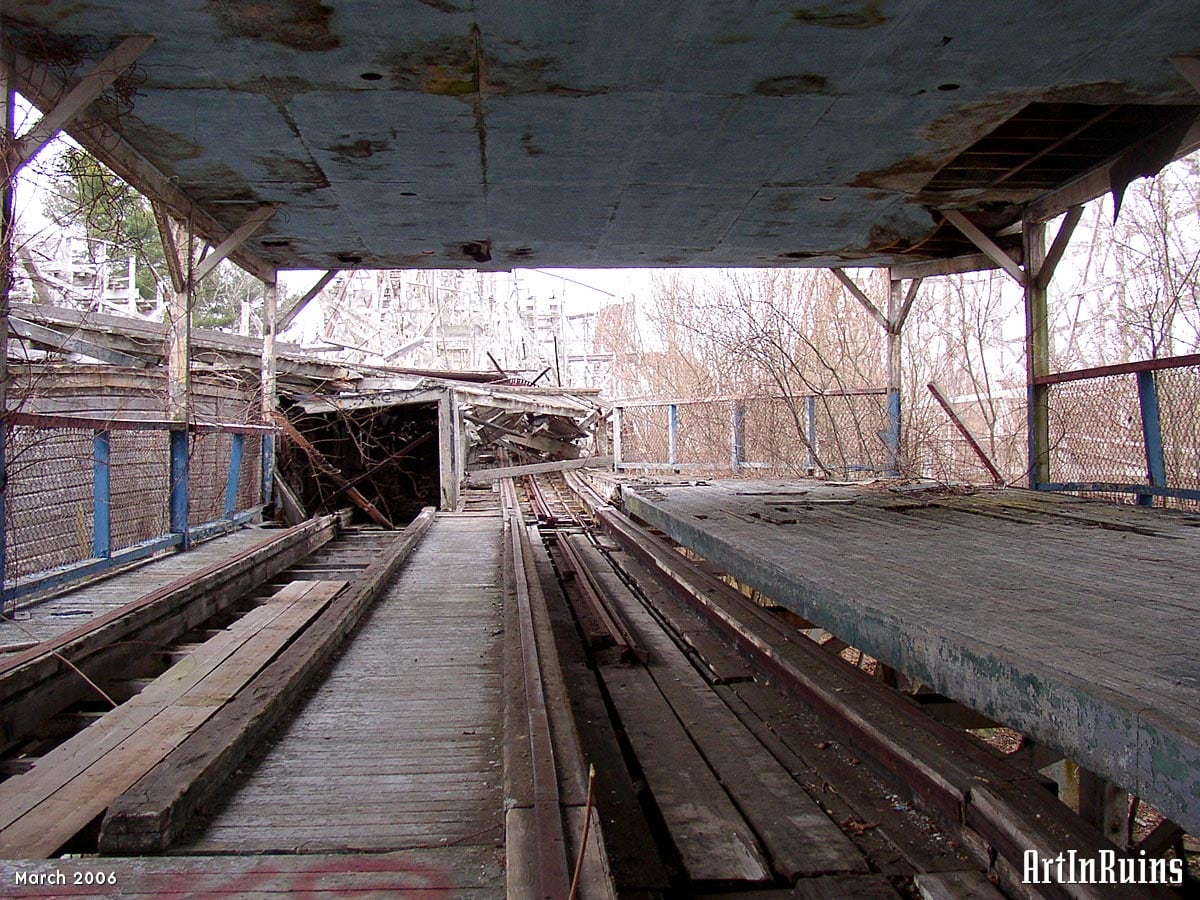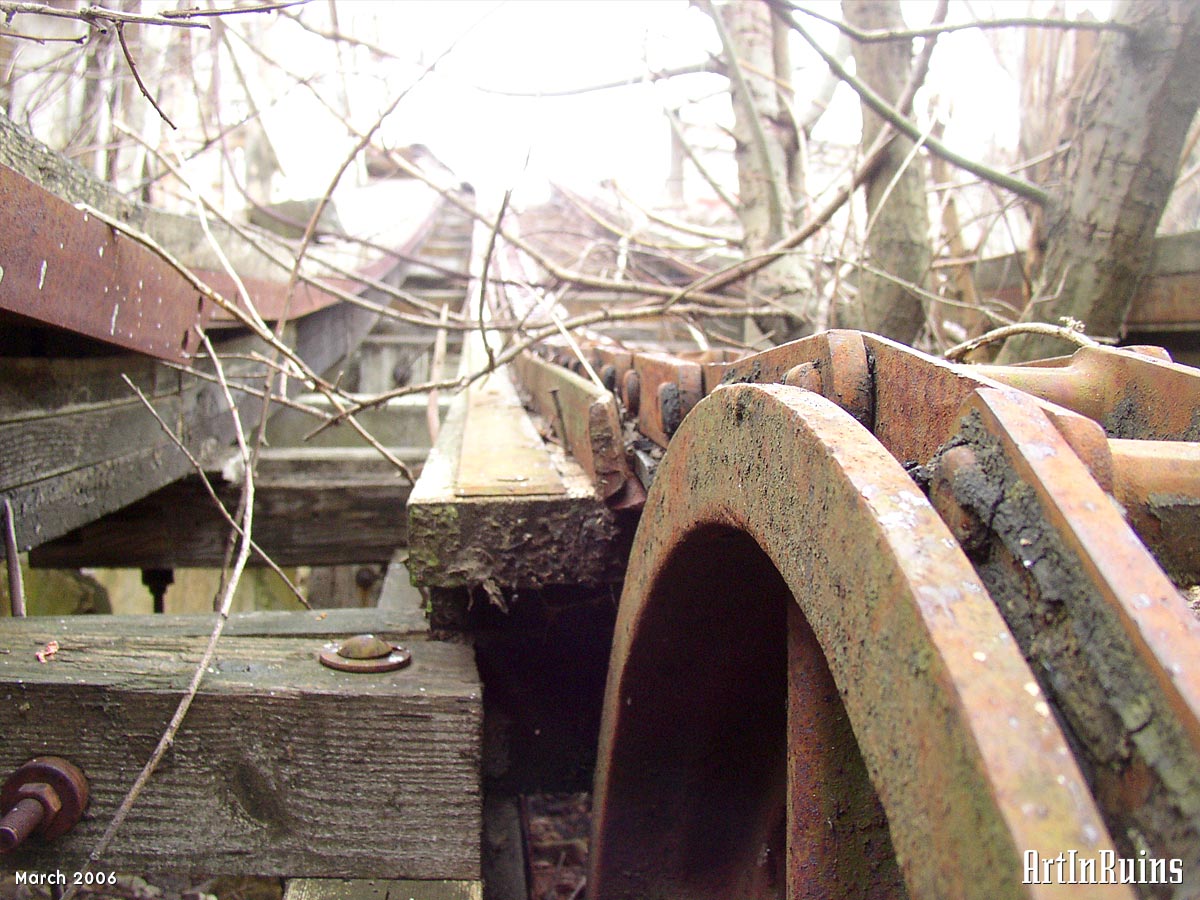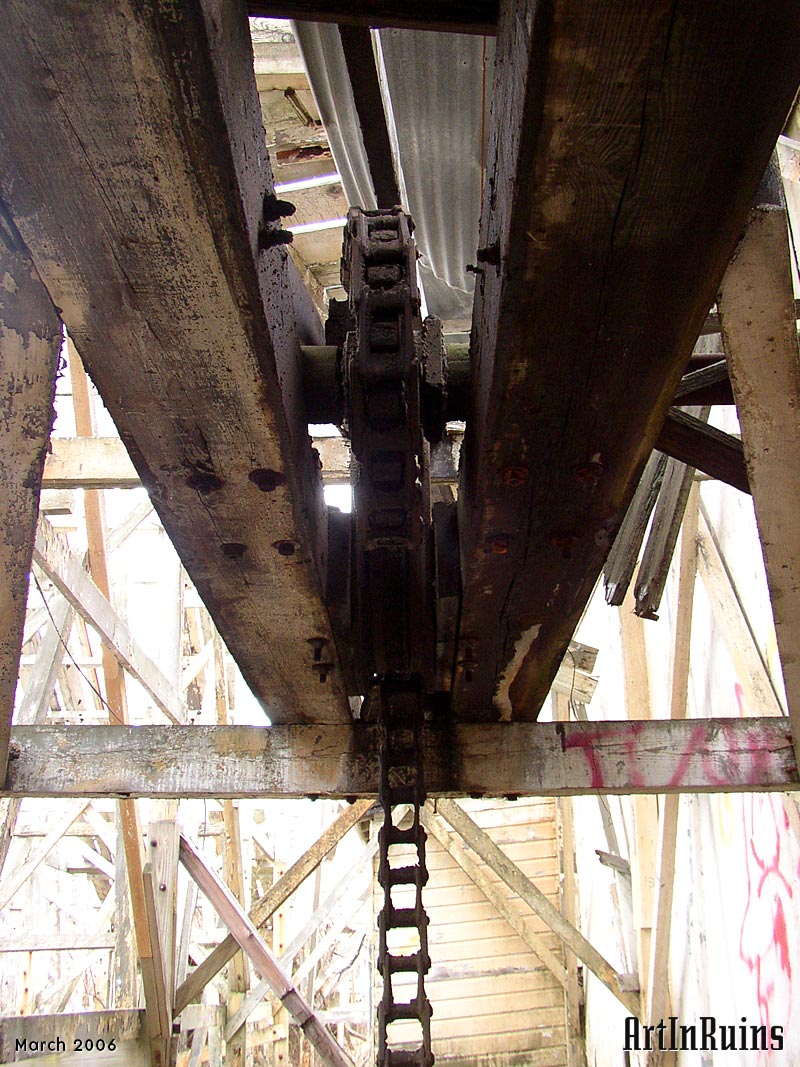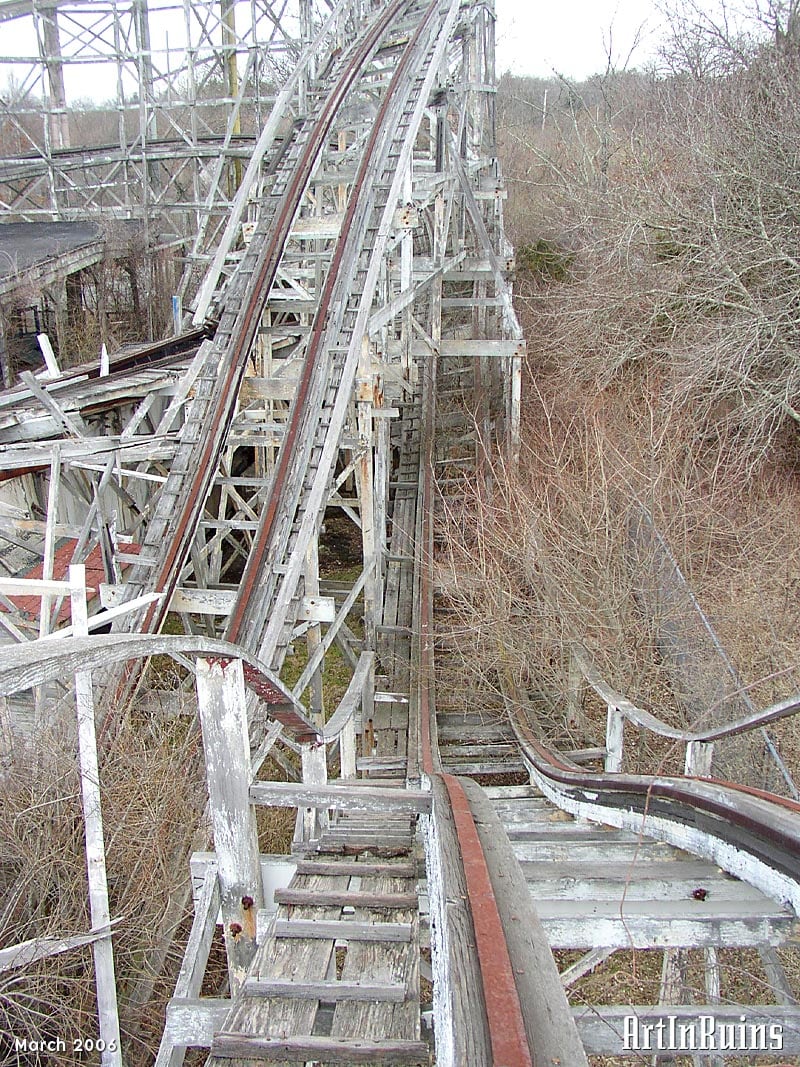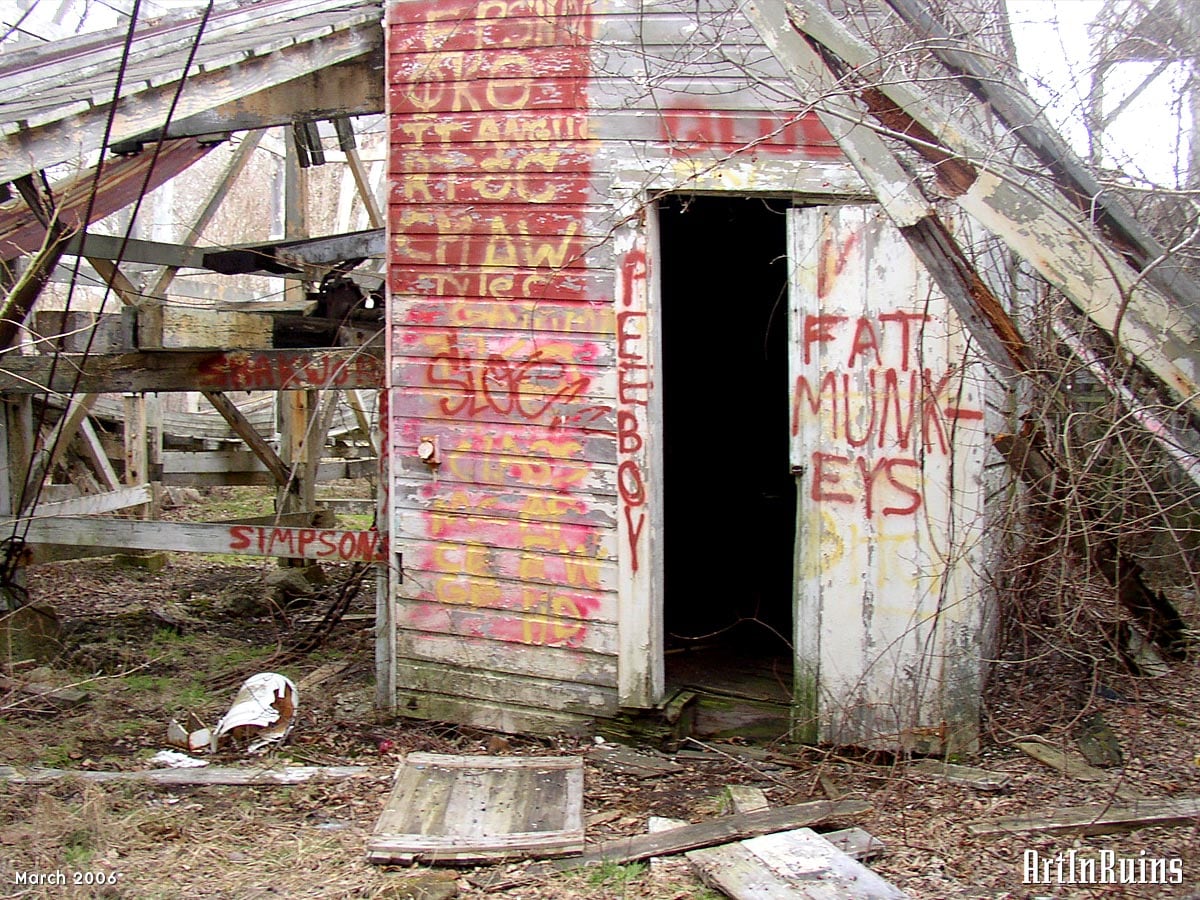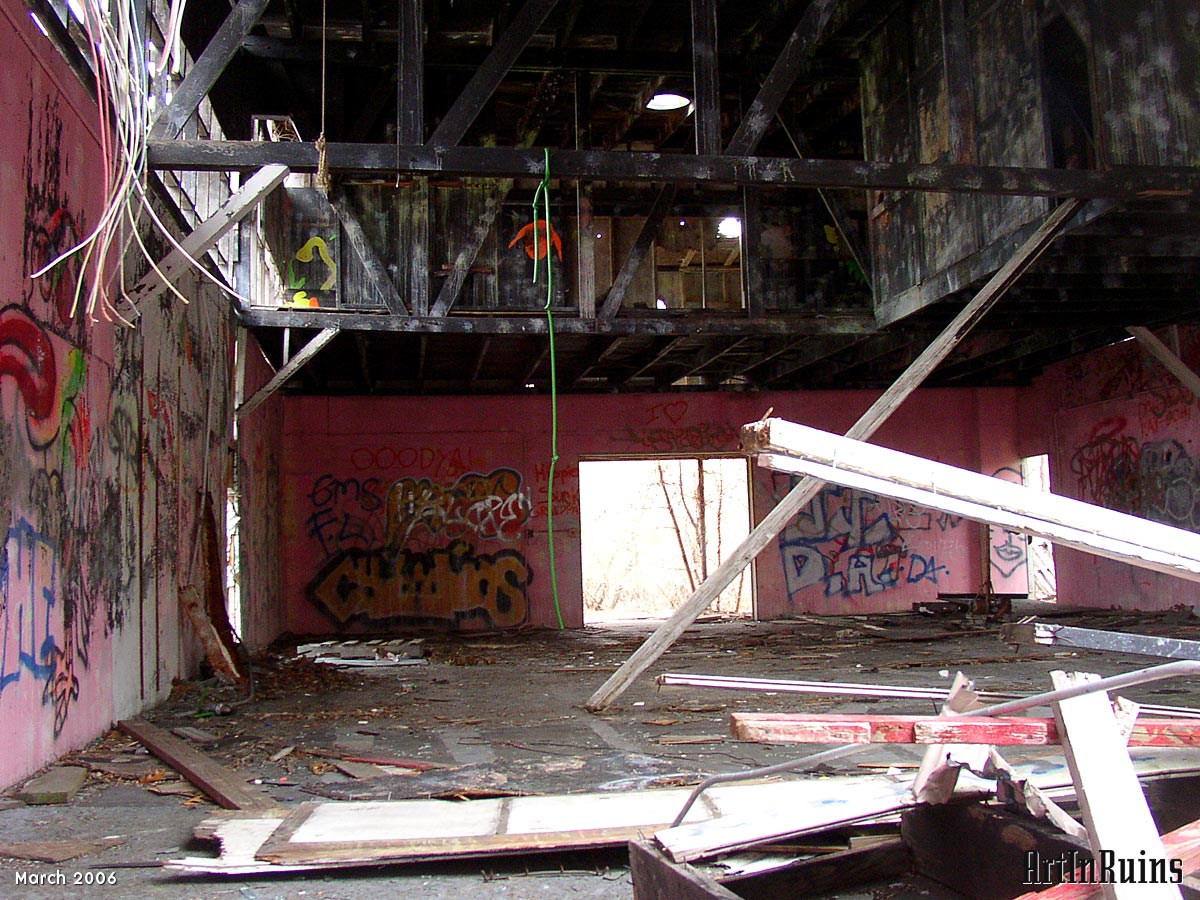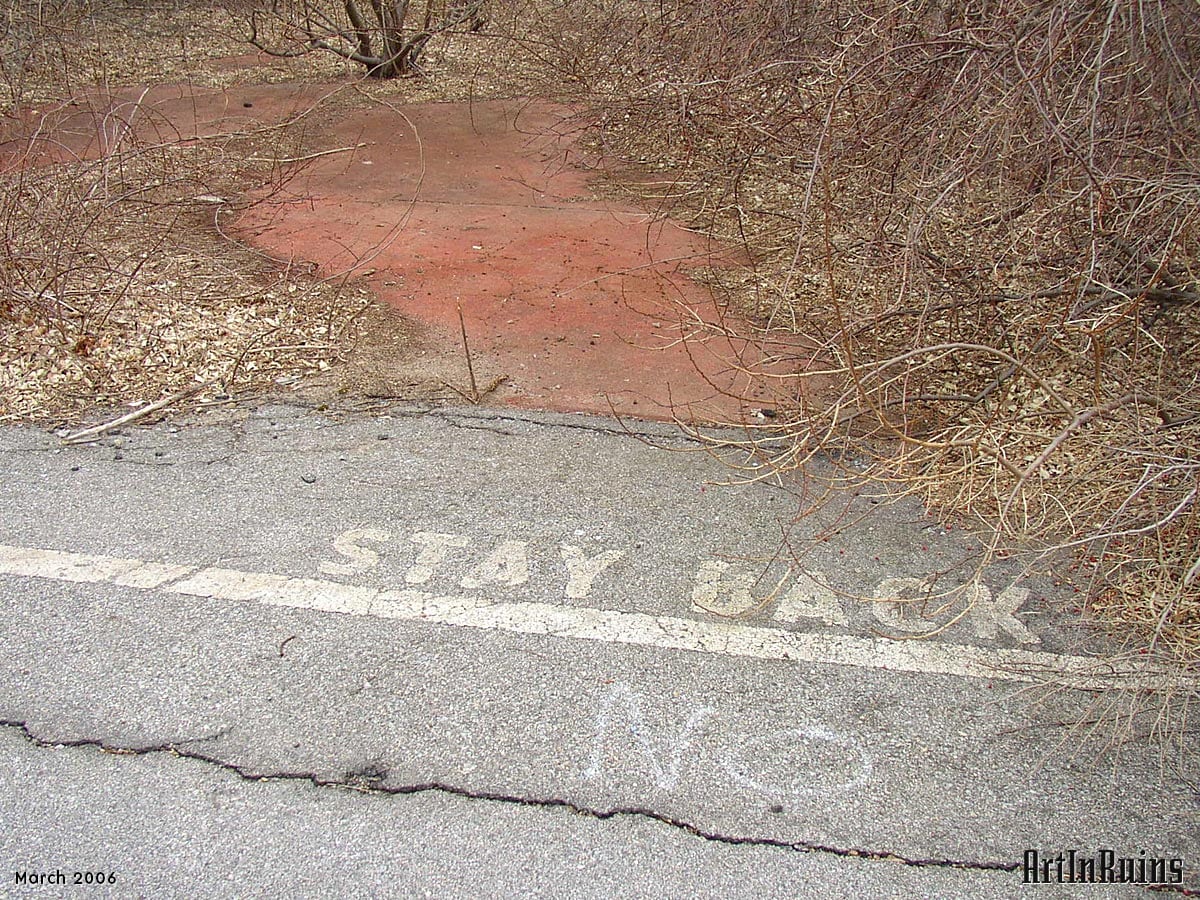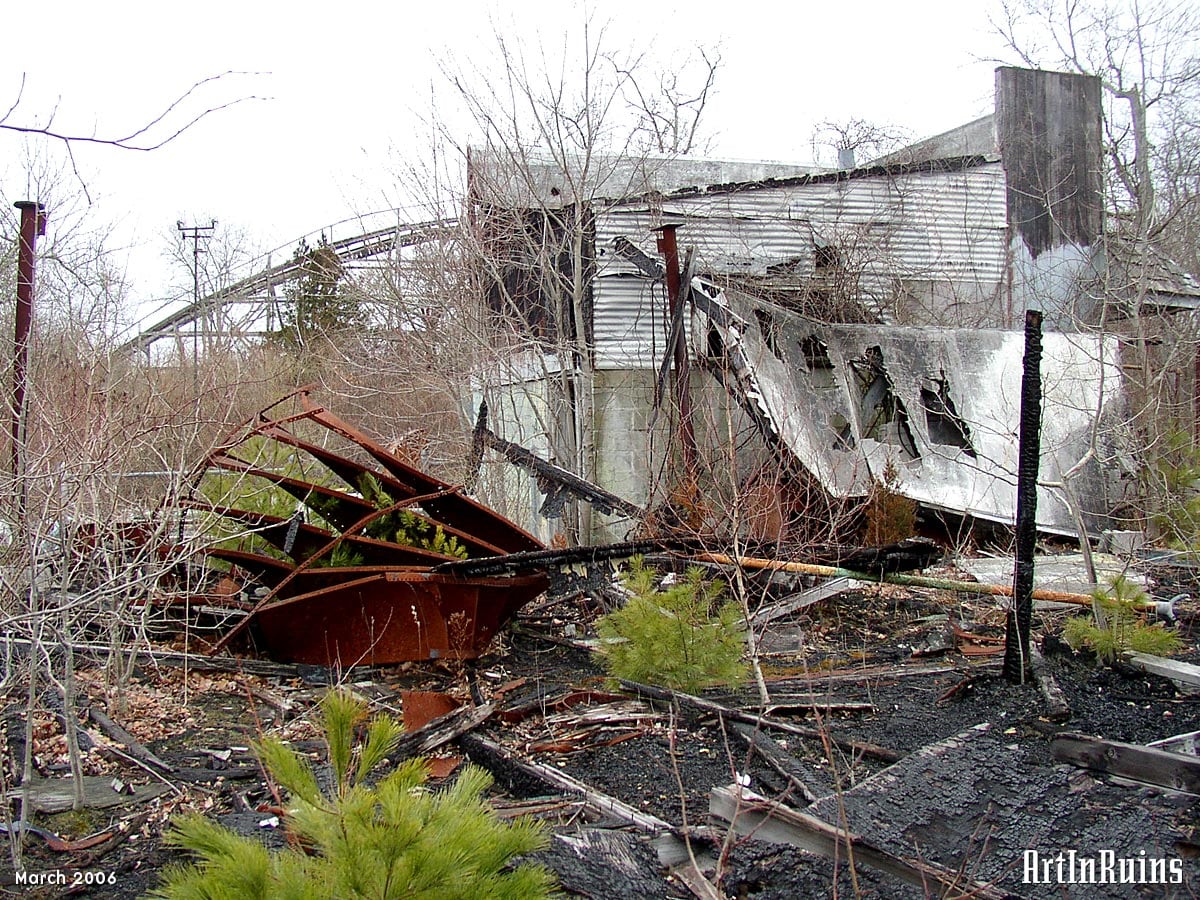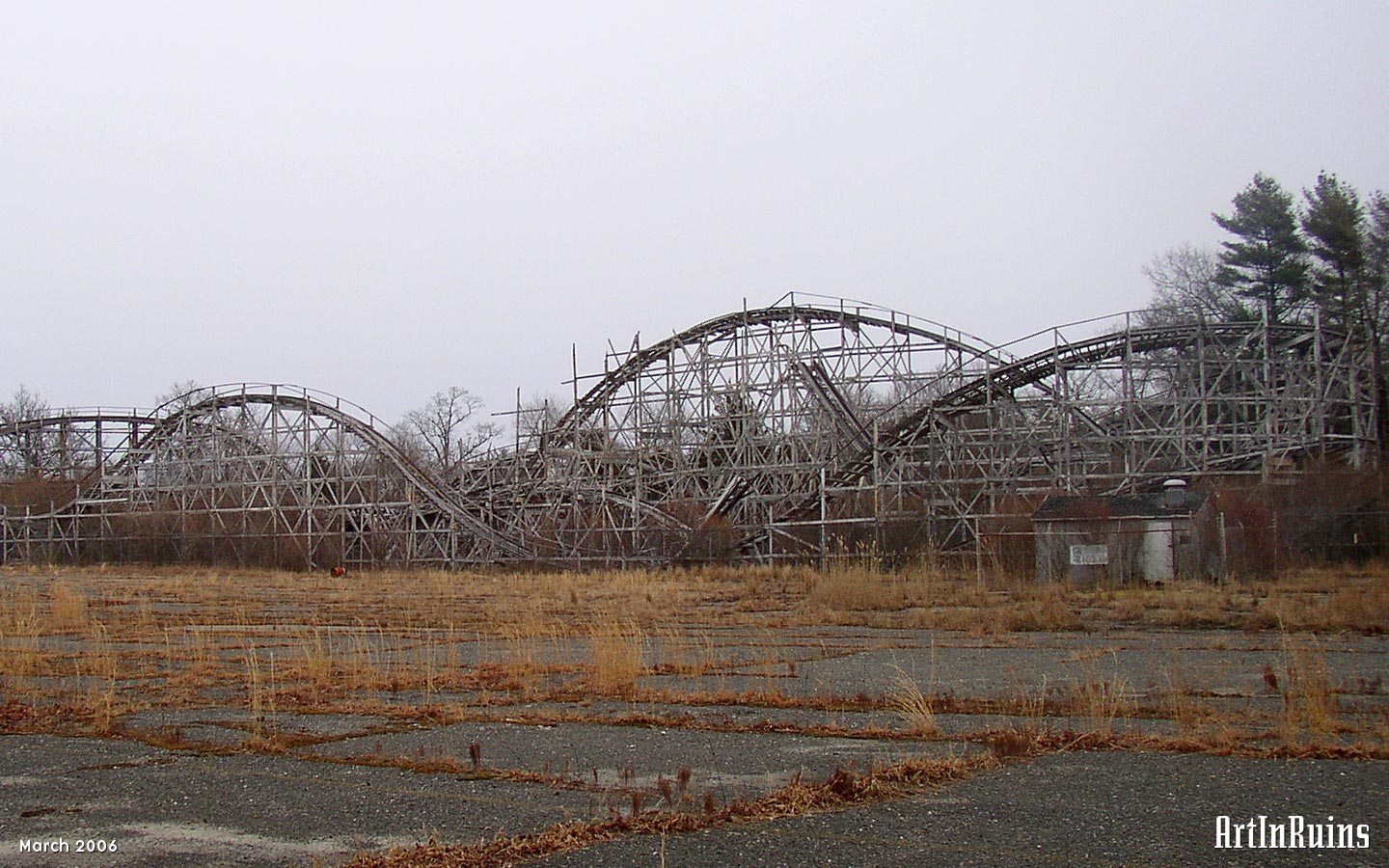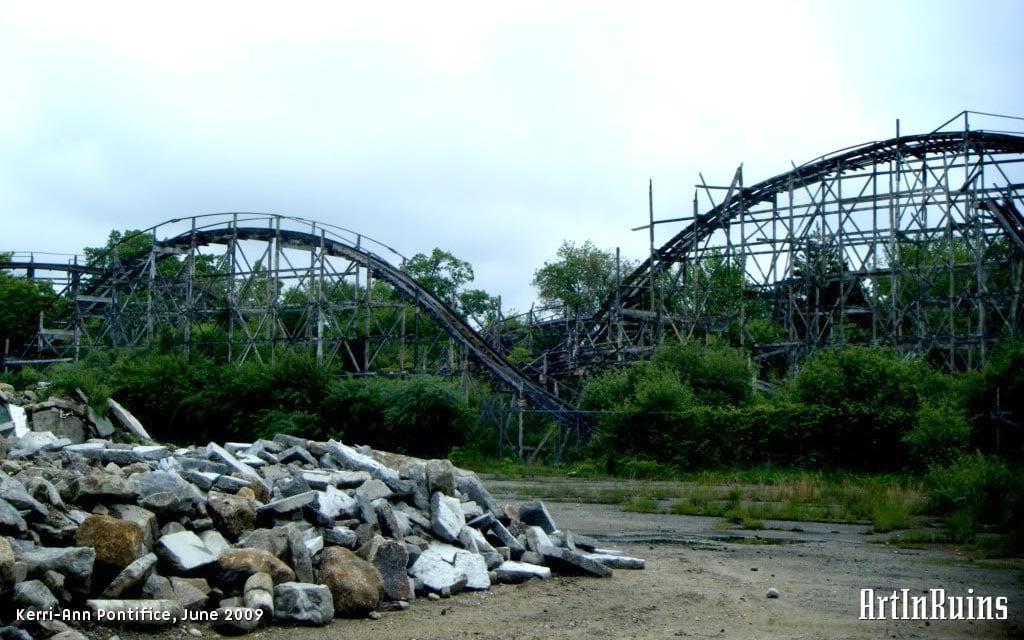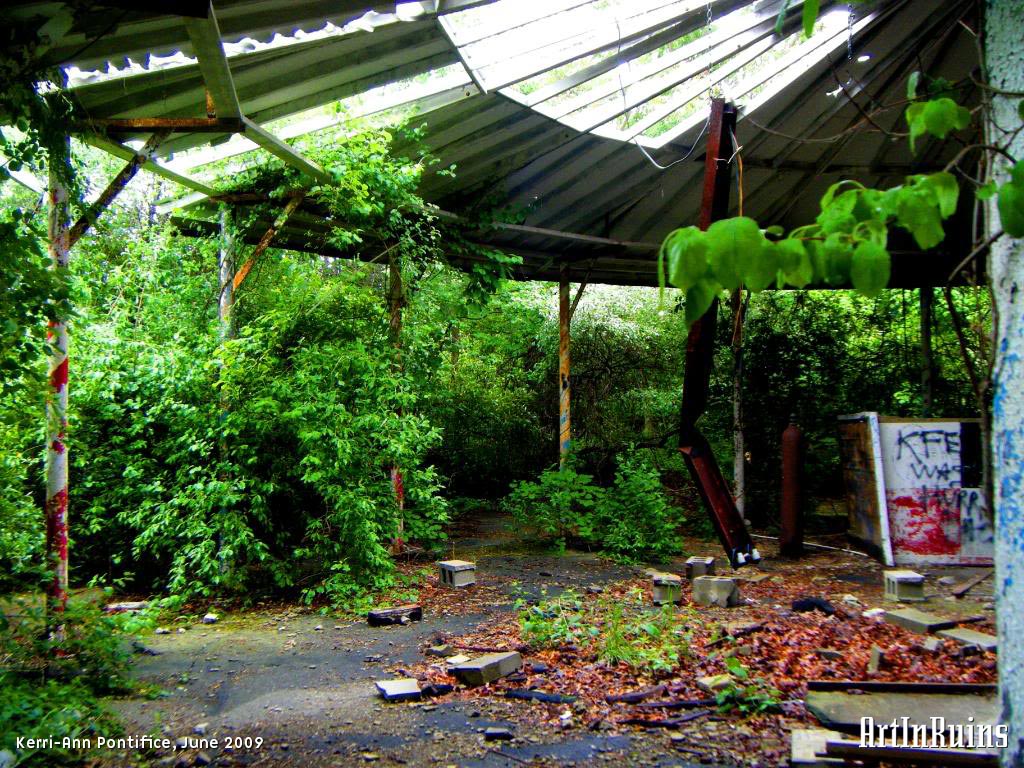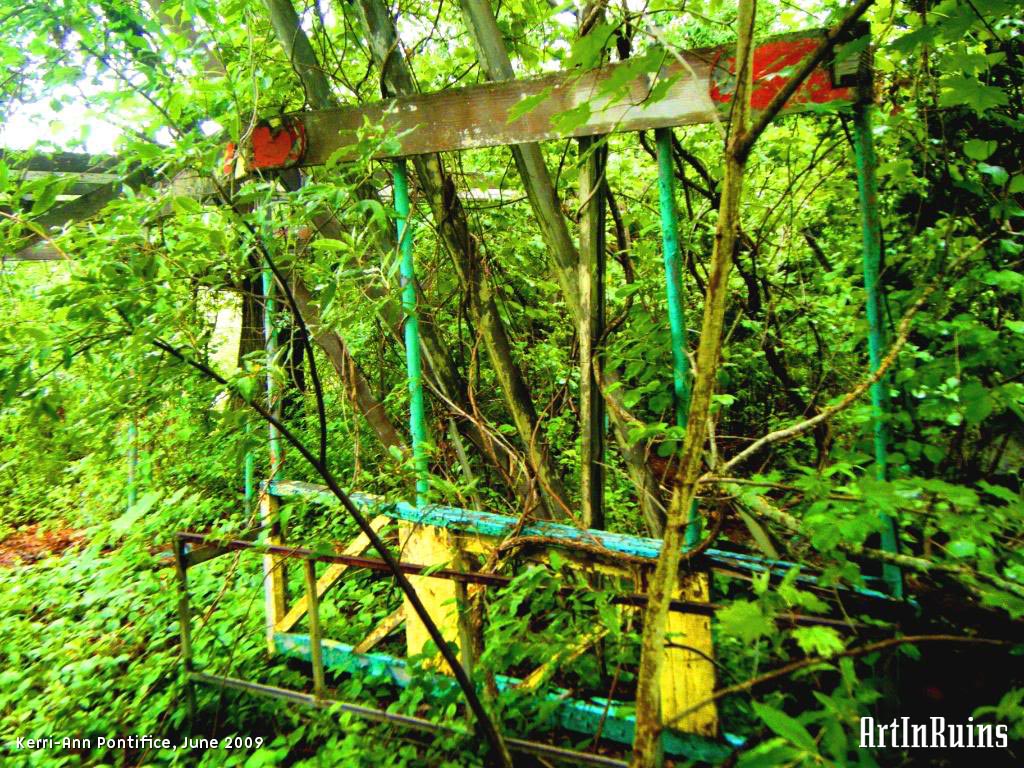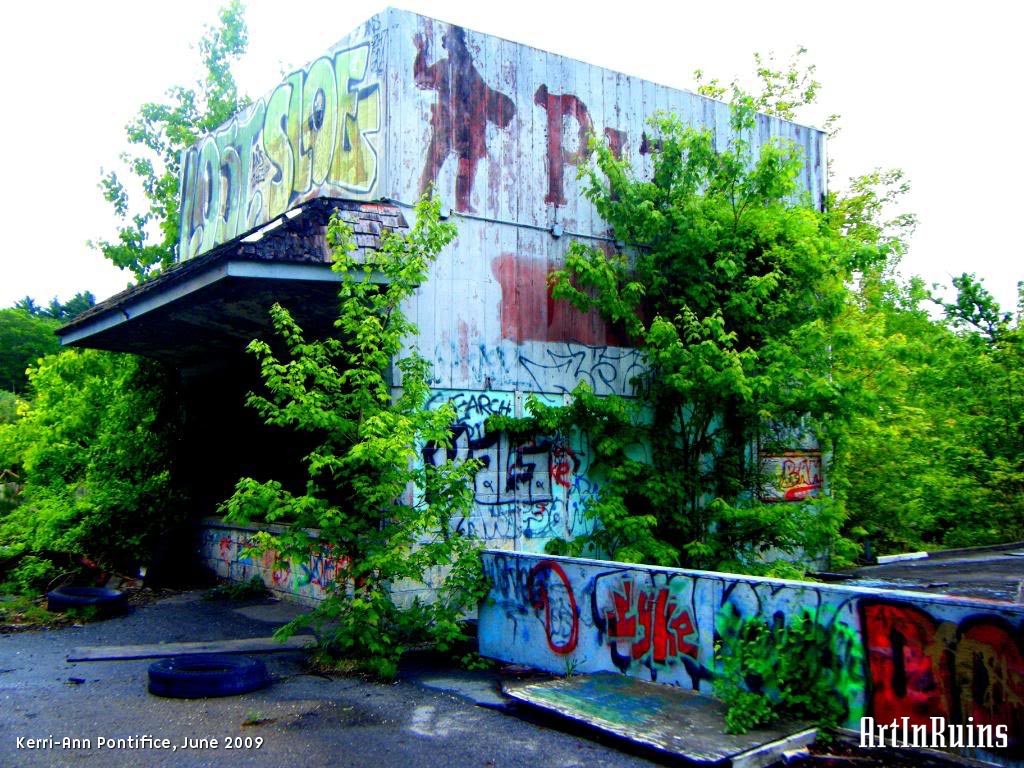Lincoln Amusement Park
also known as Midway Park, Westport Park
A much loved, family-friendly, local amusement park, active from 1920 through 1987 and home to The Comet wooden roller coaster
images of this Property
-

Photo from the Herald News archive -

Photo from the Herald News archive -
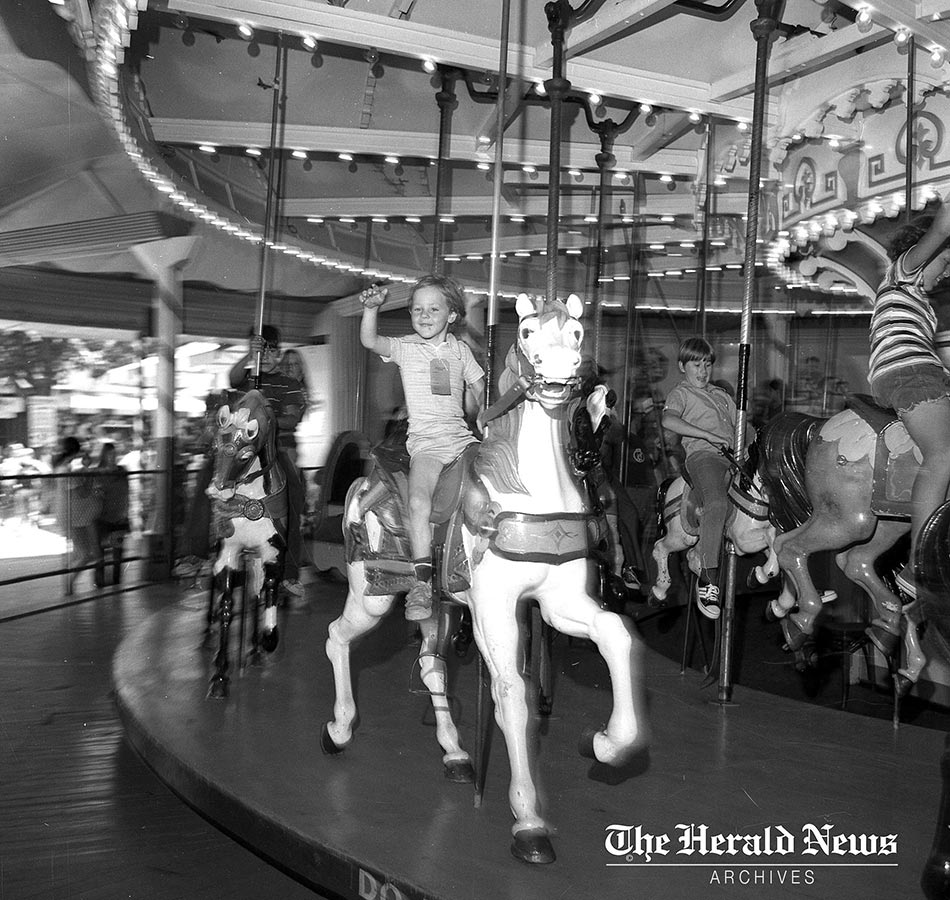
Photo from the Herald News archive -
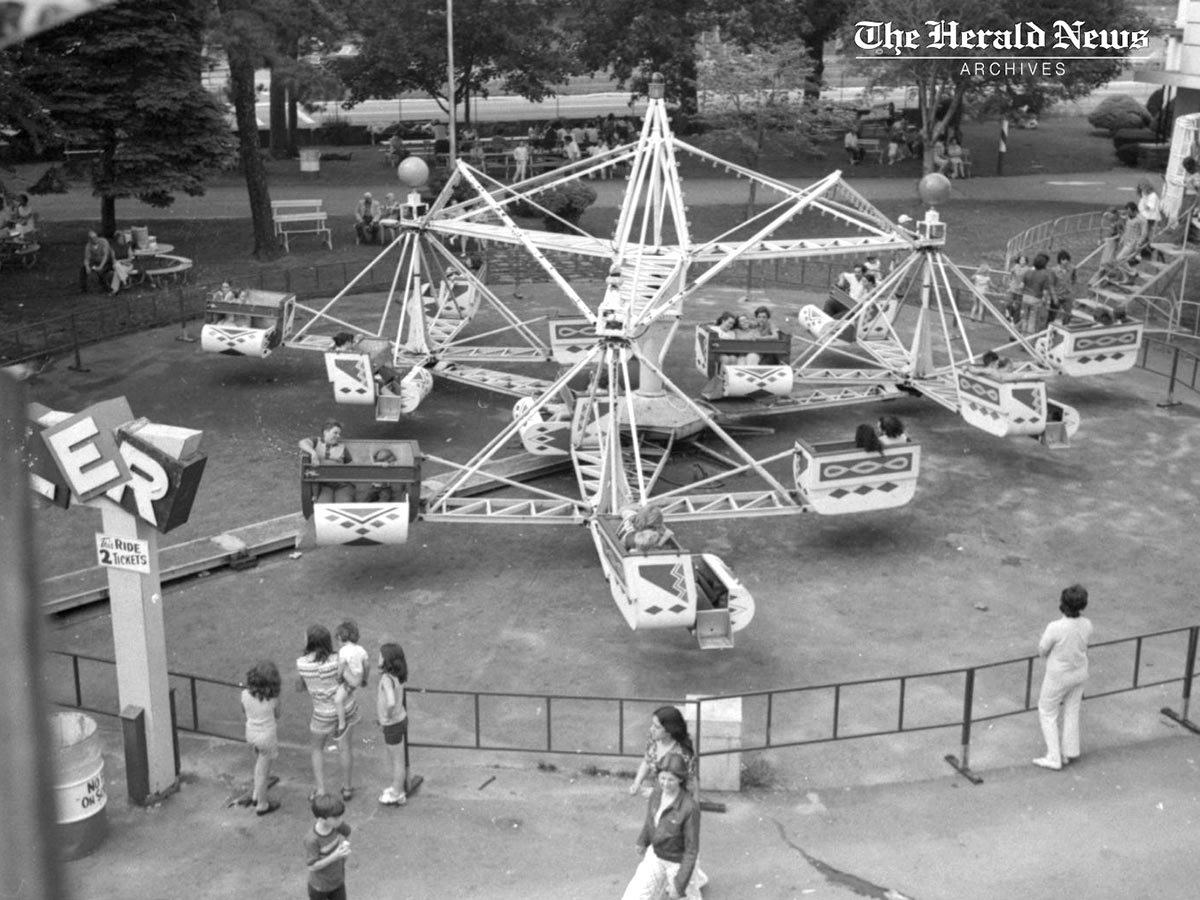
Photo from the Herald News archive -
![]()
Postcard, date unknown -
![]()
Postcard, date unknown -
![]()
Postcard, date unknown -
![]()
-
![]()
-
![]()
-
![]()
-
![]()
-
![]()
-
![]()
-
![]()
-
![]()
-
![]()
-
![]()
-
![]()
-
![]()
-
![]()
-
![]()
-
![]()
-
![]()
-
![]()
-
![]()
-
![]()
-
![]()
-
![]()
-
![]()
-
![]()
-
![]()
-
![]()
-
![]()
-
![]()
-
![]()
-
![]()
-
![]()
-
![]()
-
![]()
-
![]()
-
![]()
-
![]()
-
![]()
-
![]()
-
![]()
-
![]()
47 images: Press to view larger or scroll sideways to see more. Contributions from The Herald News Fall River, Hippo postcards, and Kerri-Ann Pontifice
About this Property
Reason for Demolition
The Union Street Railway Company opened Lincoln Park in 1894 in North Dartmouth on the line through Westport as a way of connecting Fall River to New Bedford. Working class folks and families from surrounding cities enjoyed picnics on long tables while kids played the pine grove. In the 1920s, the park evolved into an amusement park, which is how it is best remembered by SouthCoast.
On any given summertime day or night, Lincoln Park was the place of childhood dreams — the Comet roller coaster, merry-go-rounds, dodge’em cars, midway games, ferris wheel, tilt-a-whirl, fun house, and penny arcade attracted hundreds every year. The ballroom kept Lincoln Park open year-round and hosted such artists as trumpeter Jimmy Dorsey, singer Connie Francis, and the Three Stooges, and big-time politicians from John F. Kennedy to George Wallace.
After about 60 years as a local amusement park, attendance began to decline and the owners of the park began to experience tax issues. The nation’s highway system drew motorists away from smaller roads and families were more willing to drive further and further for larger and more exciting amusements. Lincoln Park closed forever in 1987 and some rides were auctioned off. The carousel ended up on the Fall River waterfront overlooking Battleship Cove, and the ferris wheel was moved to somewhere in Massachusetts.
In the 1990s the grounds were the victim of five separate fire events which ended up wiping out 90% of the structures, including parts of the coaster. The remaining buildings decayed for 15 years or more before the land was finally redeveloped for housing.
Current Events
The area where the park once stood has been developed into housing, called The Residences at Lincoln Park. From the developers website:
Once the site of the iconic Lincoln Amusement Park, this redeveloped mixed-income residential community includes a total of one-hundred thirty-eight apartment homes. The community has been constructed in multiple phases and serves a variety of lifestyles including a 55 and over community. These open concept, one, two & three bedroom floor plans offer impressive interior features and delightful outdoor space with beautifully landscaped grounds.
The new streets have the names Roller Coaster Way, Ferris Wheel Lane, Cotton Candy Lane, and Midway Park Drive.
History
From DefunctNewEngland.com (now defunct itself)
In its earliest days, it served as a picnic park at the end of the trolley line. Its location (between New Bedford and Fall River) was ideal, and thus many families would flock there, particularly on Sunday to picnic and play in the pine grove. The name “Lincoln Park” was chosen by a lottery when the park started to boom in the late 19th century.
In the early days, the park offered a playground for the kids, as well as concession stands and a few games. As it developed, a Looff Carousel was added, along with a “Giant Coaster” and a dance hall. The original dance hall building remained until the park closed for good. Big Bands provided the musical soundtrack almost nightly. However, the picnic ground business began to decline as the auto became more affordable, and people started to drive to bigger and better attractions. Thus, Lincoln Park evolved into an amusement park.
Under the original management team of John Collins, Max Zand, and Harry Prince, Lincoln Park evolved into its modern form after purchasing a bigger tract of land in the mid-40’s. Many of the rides that most people loved best were constructed. The “Giant Coaster” was disassembled and re-created as the “Comet.” Kiddy Land was built, the bubble bounce, mini golf, the mini-railroad, and the boat ride were all created at this point. Clambakes, sock-hops, and synchronized skating teams were hip during the golden years. This was not to last forever. Due to tax issues and declining attendance Lincoln Park was closed forever in 1987. Lincoln Park’s rides were auctioned off. The carousel ended up on the Fall River waterfront, and the ferris wheel also remains somewhere in Massachusetts.
After the park closed, it remained intact without incident until the fires. The first fire in 1990 destroyed 10 buildings including the Dodgems, the first-aid building, the glass pitch, the skee-ball building, and other concessions and food stands. The second fire in 1991 claimed the ballroom, the taproom, offices, small arcade, more concessions, the maintenance building, and the restaurant. The third fire was in 1992, destroying 13 buildings including the bowling alley, skating rink, game room, monster ride, souvenir stand, carousel building, and several concessions. In 1993, a fourth fire was started which wiped out the “towers” (food stands beside the pavilion), as well as the archway that connected them to the pavilion. The last fire destroyed the maintenance warehouse in the late 90’s (1997?). After these fires, 90% of Lincoln Park’s buildings were gone.
The Comet Roller Coaster
Constructed in 1947 for a whopping $80,000, early riders of the coaster had sandbags at their feet to help the cars move ahead because the the ride had not yet loosened up enough to let gravity work. In its history, the ride had a variety of terrible accidents. In the mid 60’s a man died as a result of standing up as the car descended the lift hill. In 1968, the last car detached from the train and rolled backwards until it derailed, tossing its passengers out. In 1986, a man died while climbing from car to car while the coaster was in motion. In 1987, during the Comet’s last run, faulty breaks caused the last car to derail and hang precariously off the track with its passengers inside. Luckily, no one was hurt, but the car remained in its position until vandals moved it.
Despite its gruesome history, or perhaps because of it, The Comet thrilled many in the Boston area from 1946 to 1987. The ride, designed by Edward Leis and Vernon Keenan of the National Amusement Device company, was a twister design but featured a lot of airtime hills throughout the course. The park sadly never opened for the 1988 season and has been a constant reminder of the loss the area has felt. Once home to Lincoln Park, Paragon Park and Revere Beach, Boston now had little left in the way of amusement parks. People who loved the park and coaster sadly watched it decay with time.
Carousel #54
Whisper the word “carousel” to any Southern New Englander, and you will undoubtedly evoke a smile, a sentimental sigh, and fond memories of Carousel #54. Built by the Philadelphia Toboggan Company in 1920 during the “Golden Age” of wooden carousels, Carousel #54 was shipped from the City of Brotherly Love to North Dartmouth, Massachusetts, where it served as the crown jewel of Lincoln Amusement Park for seventy years.
The Fun House. The Comet. The Carousel. For decades these rides made Lincoln Park a fixture on the South Coast. A place where families congregated for wholesome entertainment, Lincoln Park attracted a laundry list of celebrity guests, including everyone from Eleanor Roosevelt to John F. Kennedy.
But in 1987 [A.I.R.: our correction] the park foundered, and as its owner flailed for capital to keep it afloat, a group of Fall River business leaders lobbied to bring the carousel to Battleship Cove. Much as they did for the battleship Massachusetts nearly thirty years before, the community rallied around the carousel and refurbished it at a cost of $250,000. A majestic Victorian pavilion was constructed to house the attraction; nearly as lavish as the carousel itself, the splendid structure now perches over Heritage State Park, offering panoramic views of the Battleship Cove fleet.
Sources
- “Remember Lincoln Park? This ticket booth may jog your memory” Curt Brown, The Standard-Times published June 12, 2019, captured September 24, 2020. https://www.heraldnews.com/news/20190612/remember-lincoln-park-this-ticket-booth-may-jog-your-memory
- “This Lincoln Park photo gallery will bring back ALL the memories” Gallery compiled by photo editor and Lincoln Park veteran Colin Furze, published July 2, 2020, captured September 24, 2020. https://www.heraldnews.com/photogallery/WL/20200702/NEWS/702009991/PH/1
- “Story of the Carousel” archived from BattelshipCove.com at Boston Central, captured in 2006. https://www.bostoncentral.com/events/fall_river_carousel/p1695.php
- “Lincoln Park” captured September 25, 2020. https://en.wikipedia.org/wiki/Lincoln_Park_(Dartmouth,_Massachusetts)
In the News
Selectmen OK new plan for Lincoln Park
by Joao Ferreira
Standard-Times and SouthCoastToday.com | February 07, 2006 (abridged)
The Select Board has endorsed the revised and expanded condo plan for the former Lincoln Park, but not before some skeptical residents raised questions about traffic and other issues.
“I have a problem with Reed Road and Route 6,” Michael Guilmette said. “I see it getting worse, and worse and worse. We’re not thinking about traffic.”
Mr. Guilmette said developers painted a rosy picture of the proposed development and that town officials went along with it. […]
Developers and town consultants said traffic issues would be resolved, mainly the intersection of Routes 6 and 177. Two traffic lights are being proposed for along Route 6.
Selectmen said they would be foolish not to go for a deal that promises more than $4 million to the town from the state.
“I’m convinced this is the way to go,” said Selectman Robert D. Miller.
The state aid to the town follows the developers’ decision to resubmit plans for the former amusement park under the state’s new Chapter 40R program, which encourages housing on non-traditional sites like the commercially-zoned Lincoln Park, through financial incentives.
The new plan for The Village at Lincoln Park calls for 308 units of housing, including rental apartments and mixed commercial property, in a “traditional neighborhood development” approach.
In the plan, Dartmouth would receive a $350,000 payment upon approval of the overlay district creating the development. In addition, the state would contribute $3,000 per unit when building permits are issued, for an amount of $1.27 million.
Also, the town would receive additional Chapter 70 aid every year that a student from the development attends public schools in Dartmouth.
The previous project under 40B affordable housing regulations, which called for 252 units, was endorsed by the Select Board. However, the town did not have control over the project because it hasn’t met the state’s 10 percent affordable housing ratio.
The new plan includes 112 affordable housing units — all 63 apartments, along with the 35 unrestricted condos — that would count toward the affordable housing quota. […]
Developers expect the project to be developed in phases, and it is anticipated it will be three to five years before it is completed.









